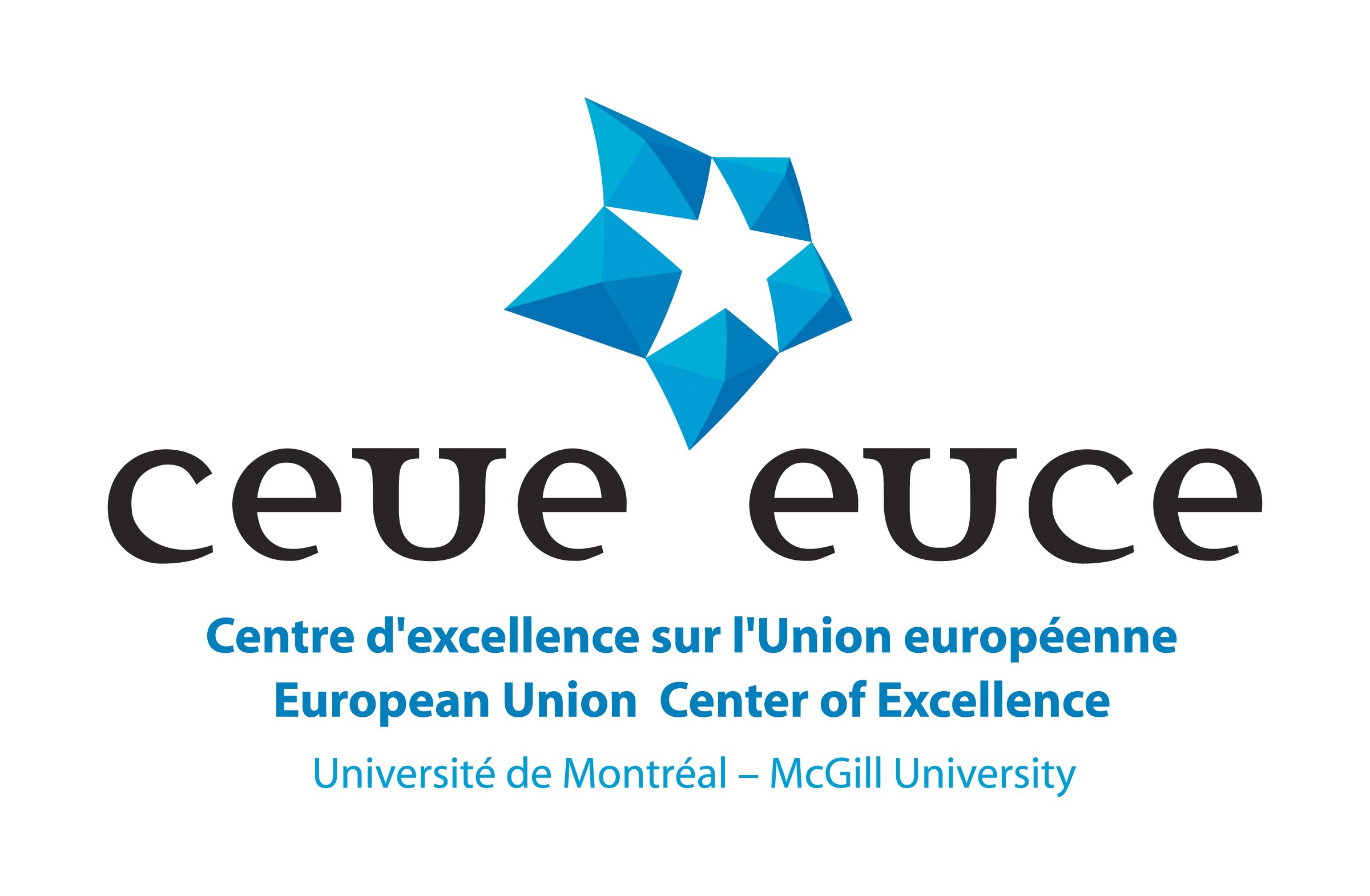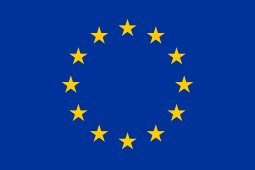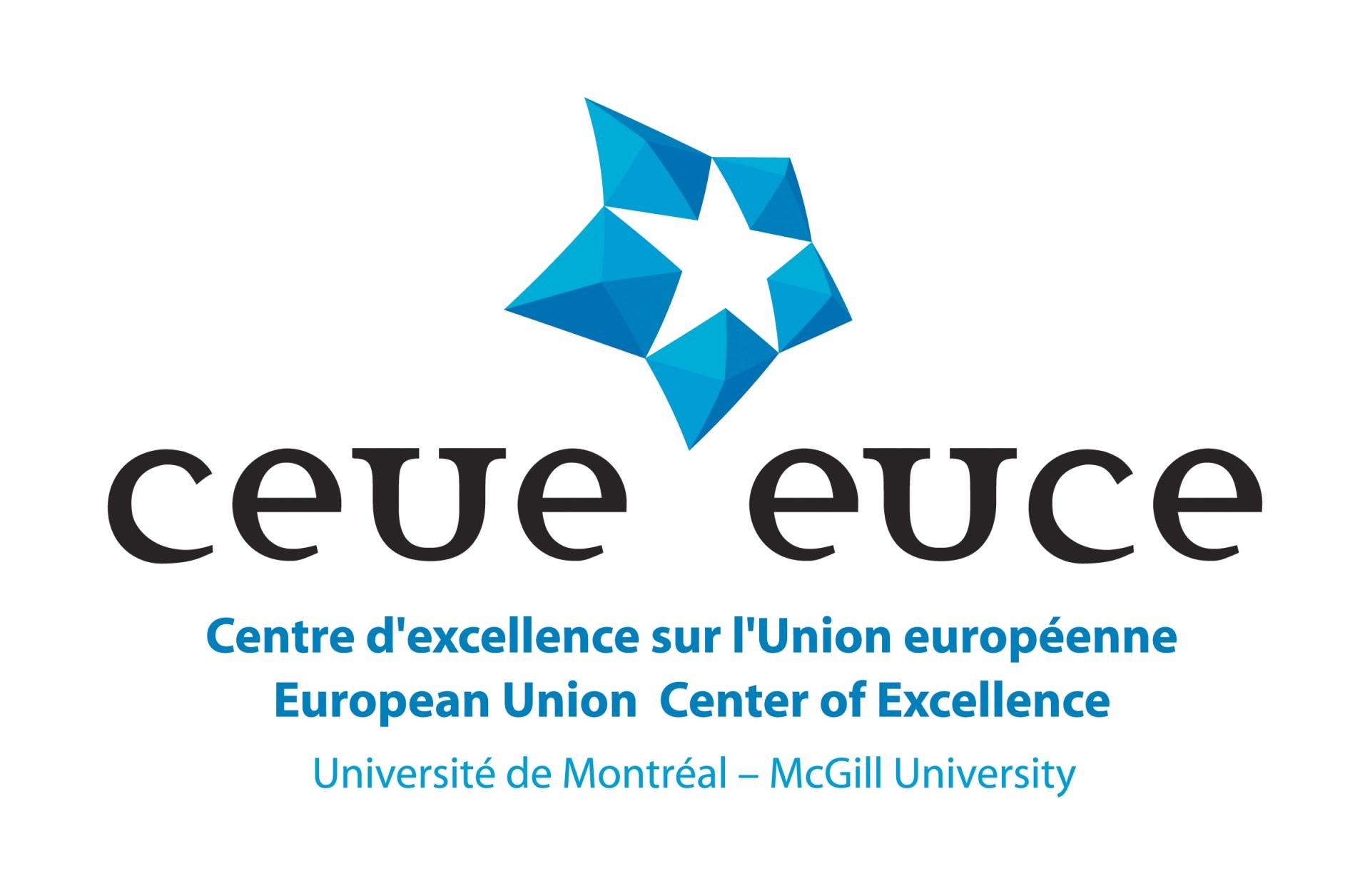(PONARS Policy Memo) The Ukraine crisis became a major driver of the centrifugal relationship between Russia and the European Union, but it was not the starting point. The relationship had been essentially stagnant since the EU eastern enlargement at the beginning of the 2000s and Ukraine’s Orange revolution of 2004. Significant trade volumes could not compensate for the increasing geopolitical rivalry between Brussels and Moscow. The EU has been promoting a reform agenda in the common neighborhood (from a position of reluctant revisionism) while Russia has desired to maintain its privileged sphere of interest.
The year 2014 was a game-changer in the sense that from that moment the EU could no longer keep up appearances of the transactional cooperative model. The death of several hundred EU citizens in the Malaysian MH-17 flight tragedy in eastern Ukraine was a tipping point, making it impossible even for the most Russia-friendly EU member states to block the imposition of meaningful economic sanctions against Moscow, which acted reciprocally.
What are the key developments in the EU-Russia relationship since the 2014 tipping point? What scenarios lie ahead for bilateral relations over the next three to five years? One may foresee three main possibilities: improvement, muddling through at the present level of conflict, or worsening of relations. The outlook is hazy and it is likely that none of the three options will materialize in full.[1]
European Union: Looking for a “Both-And” Solution
The EU is deeply conflicted with Russia over Ukraine. Germany and France, the main sponsors of the peace process in eastern Ukraine, have diplomatic prestige at stake. Although the extension of the regime of reciprocal sanctions incurred noticeable economic losses on some EU member states, the EU Council in March 2015 decided that the sanctions should stay in force until the Minsk II peace plan is implemented. This implies that Ukraine should restore sovereign control over its border with Russia before sanctions are lifted.
In the larger picture, however, Brussels appears to be at a loss in regards to its Russia policy. Recent EU programmatic documents on the subject are inconclusive. They reveal a desperate search for a consensus formula acceptable to member states that provides a vision or action plan. Review of the European Neighborhood Policy, EU Commission document from November 2015, limits itself to stating that whereas the “EU’s relations with the Russian Federation have deteriorated as a result of the illegal annexation of Crimea and Sevastopol and the destabilization of eastern Ukraine,” the “constructive cooperation” on several regional issues “would be helpful … when conditions allow.” The European Union Global Strategy from June 2016 contains a slightly longer statement, but essentially repeats that while the EU will expect from Russia “full respect for international law and the principles underpinning the European security order” and will not recognize the annexation of Crimea, it will engage Russia “to cooperate if and when our interests overlap.”
Based on the same logic is the more practice-oriented “five guiding principles” of EU policy toward Russia offered by the EU Foreign Affairs Council (from March 2016). On the one hand, Brussels reiterates the demand of the full implementation of the Minsk agreements, confirms its readiness to develop relations with Eastern Partnership countries, to build resilience “in view of energy security, hybrid threats,” and to support Russian civil society. But on the other hand, it underlines a consensus that seeks selective engagement with Russia.
Such an ambiguous and indecisive attitude is apparently the highest possible common denominator for EU member states for the foreseeable future. Whether this is “much” or “little” in practical terms can be debated, but most observers agree that the EU demonstrated more unity than could be expected initially.
Various EU member states act differently toward Russia, with divergent national positions, which are then harmonized at the EU level. It is noteworthy that there is only a weak correlation between whether a state took a principled position during the crisis and the closeness of its relations with Russia before the crisis. For instance, Germany, a country where the term Putinversteher (“Putin’s understander”) was originally coined, took a tough stance toward Moscow despite deep links with Russia.
One of the most fundamental questions is whether Ukraine is worth fighting for and ruining relations with Russia. Originally, providing a direct answer was unnecessary. Russia’s actions to undermine Ukraine’s territorial integrity were found unacceptable by the majority, and raised European sympathies to Ukraine. But eventually, and especially in connection with Ukraine’s procrastination with reforms and the difficulties the Poroshenko government has had in fighting corruption, the question became more pressing. The failure of the referendum in the Netherlands in April 2016 to give a green light to the ratification of the EU Association and Free Trade Agreement with Ukraine (DCFTA) evidenced some significant doubt about Ukraine’s future among some part of the European public opinion.
The same can be said about the EU Eastern Neighborhood at large. Although European capitals would not like to see the region dominated by Russia, there is no, and there has never been, appetite to offer it a membership prospective or embark on a policy of incremental de facto integration with significant funds. On the contrary, EU ambitions in the region are currently being scaled down and channeled through amorphous “partnerships” and “dialogues,” “co-owned” by local actors, which often gives them a decisive say on what the goal of interaction should be.
Another question is to what extent the crisis over Ukraine can be separated from other areas of EU-Russian interaction (counter-terrorism, the Middle East, the Arctic, energy issues). The “we-need-Russia” perspective, which considers Moscow a primary partner in addressing problems of terrorism and migration, is particularly strong in some southern EU member states and goes hand in hand with their parallel strong economic interests in trade with Russia. Thus far, the “compartmentalist” approach does not seem to have worked due to Europe’s fundamental disagreements with Russia on Syria, but this perspective as such will not disappear. In the same vein, although economic motivations have not been powerful enough to determine EU policy, they keep surfacing all the time, favoring a new partnership with Russia.
Russia: Determined to Win
In comparison, the Russian position is much more cohesive and visionary. Tactical objectives may vary, but strategically Moscow would clearly like to avoid a frontal collision with/isolation by the West. It would prefer to conclude a new compromise legitimizing its gains in Crimea, structurally weaken Ukraine by providing the separatist entities with significant constitutional powers, and then turn the page. Importantly, Moscow is also very explicit that it does not want to go back to the old pattern of EU-Russia relations, when Brussels was a norm-giver. There is a genuine refusal, both among the Russian elites and the general population, to follow the example of an “economically stagnant,” “morally decadent,” and “politically non-sovereign” EU grouping, which, furthermore, may be already disintegrating.
However, the conflict paradigm has taken root regardless of what the real or potential plans of Russia’s leadership might be. To begin with, it has been observed many times that it is conflict with the West that has provided Vladimir Putin with a new legitimacy in times of economic downturn, and it is this “rally around the flag” effect that props his ratings. Normalization with the West, and Europe in particular, could make the domestic positions of the regime look shakier. Massive defense expenditure would be more difficult to justify, whereas cuts could provoke discontent among those directly benefitting from it, from professional military and security agencies to workers in the defense industry.
The vision of the EU as a collapsing political project has given birth to euphoric sentiment in regard to Russia’s own position and status. For instance, Russia’s Council on Foreign and Defence Policy, in its report “Strategy for Russia” (2016), assessed Russia’s current course as highly successful, primarily because the country, in the authors’ view, was able to stop “the expansion of Western structures and alliances toward territories that are considered in Russia as vital for its security,” and “to partly stop and, possibly, reverse the disintegration of the post-Soviet and historic Russian imperial space.” According to the opinion polls of the reputed Levada Center, a stable majority of 58 percent both in August 2015 and in August 2016 thought that the Russian food import ban (from Europe and the United States) was effective and had given positive political results, namely that Russia was more respected in the world and its interests were taken into account. Less than a quarter of respondents believed the ban was “pointless, absurd, harmful, and primarily damaging the population of Russia.”
Whether these allegations are correct in economic terms is secondary; symbolically Moscow definitely has advantages over the EU in terms of the speed and unity of decision-making. The Kremlin has the ability to prioritize and concentrate resources, surprise opponents, and maintain initiative. It is ready to take risks, and, most importantly, it has the necessary resolve. The signal from Russia is that it will not concede anything, thus leaving it for the EU to make overtures.
Mapping Out the Possibilities
There are three hypothetical scenarios of EU-Russia relations that are conceivable in the short-to-medium term. As explained below, the key factor that would allow a shift to the most positive scenario is “rethinking” in Moscow. Without this, any other possible changes (softening of the EU approach or a “deal” with the new U.S. administration) are not likely to guarantee a resolution to the relationship crisis. The most negative scenario, on the contrary, may occur either as a result of deliberate or unintentional actions from either side, or if certain trends (such as military build-up) simply get out of control.
1. If no change of the political direction happens in Moscow, the EU-Russia relationship will be muddling through, or rather “muddling down.” This is the most probable scenario, as Moscow does not seem to be ready yet to change its line. In this approach, both sides will continue to “manage” the current political and diplomatic conflict. Economic interdependence will continue playing a certain stabilizing role. Meanwhile, however, mutual diversification of energy flows may accelerate, and several European countries will make an effort to overcome their critical energy dependence on Russia. Russia, in turn, will stick to its proclaimed “pivot to Asia,” whether this turns out to be beneficial or not. The security situation in Europe will not worsen. The conflict in the east of Ukraine will slightly de-escalate compared to the present situation, the ceasefire will be generally observed, but no political solution will be in sight. There will be no destabilization of the situation in Transnistria, no attempted “re-unification” between Russia and Belarus, and so forth, let alone direct Russian military provocation against the Baltic States. The political interaction on Syria and the Middle East will have ups and downs, but will not be interrupted altogether. At the same time, trust between the European leaders and the Kremlin will not be restored, which will lower hopes in Europe and in the West in general that a durable improvement in relations could be eventually reached. Meanwhile, European non-energy businesses will lose interest in Russia due its weakening economy and growing unpredictability.
2. A normalization and gradual improvement in EU-Russian relations can occur if Russia comes to realize that the current stalemate does not serve Russia’s interests and gradually weakens its options/positions—in other words, if it decides that time does not play on Moscow’s side and that it would be better off making trade-offs earlier rather than later. Economic and financial considerations have a role to play, as do the views of those Russian elites who want to stay connected with Europe. Unsatisfactory results of Russia’s rapprochement with China would also be a factor. In this scenario, Europe would be expected to respond positively and quickly, especially if its moves are coordinated with Washington. However, if Europe decides to take the initiative, for instance if there are leadership changes in countries like Germany and France and sanctions are softened before Moscow comes to this realization, the results will be temporary at best, as this would only reinforce the “victor mentality” that permeates Russian policymakers.
A sustainable normalization would imply some combination of progress on the following issues. First, the Ukraine conflict would have to be partly resolved, not simply frozen. A realistic perspective of the reintegration of the separatist territories into Ukraine on terms acceptable for Kyiv would have to emerge in response to the lifting of Western sanctions, with guarantees of European economic assistance to help with reconstruction in eastern Ukraine. Second, a modus operandi on Syria would have to be found. Third, a new comprehensive agreement on energy would have to be reached, securing Russian gas transit through Ukraine, which is important for several EU member states such as Slovakia, and acceptance by Russia of non-monopolistic rules of the game on European gas markets in exchange for preserving its share of those markets. All this could quickly revitalize the existing bureaucratic and business structures of cooperation, which would underpin the political process.
3. A worsening of relations cannot be fully ruled out either. If there is a new protracted round of escalation in eastern Ukraine, the EU would be required to react—especially since Washington appears less likely to intervene directly. (An escalation in Syria, however, would not have the same effect, as proven by the inability of the EU summit in October 2016 to agree on new sanctions in response to Russia’s massive bombing of Aleppo.) There would be a continuing rise of Russian military activity at its western borders, deployment of new striking capabilities, violations of EU airspace, etc. EU countries in NATO would react to these developments and increase defense expenditures—leading to, perhaps eventually, a military stand-off that would be the prime determinant. Bridges between (most) ruling elites will be finally burnt if Russia is perceived as a country able and willing to interfere in the domestic political processes in (leading) EU states to affect the outcome of national elections, to fund anti-establishment radical parties and movements, and/or undermine cyber-security in the EU. In turn, a similar effect may follow if European leaders take actions, prompting Moscow to see intended provocations—for instance if a public trial on MH-17 with Russia as a defendant is launched and publicized.
Conclusion
EU-Russian relations are path-dependent, and currently they are on a path toward conflict, even if the situation is still generally under control. The longer this path continues, the more effort will be required in order to change courses for the better.
Arkady Moshes is Program Director of the EU Eastern Neighborhood and Russia research program at the Finnish Institute of International Affairs (Finland).
[PDF]
[1] For an overview of existing scenarios of EU-Russian relations, see: T. Forsberg and H. Haukkala, The European Union and Russia (Palgrave-Macmillan), 2016, pp. 247-250.

European Union Center of Excellence, McGill University, Montreal, Canada. This project has been funded with support from the European Commission. This publication reflects the views only of the author, and the Commission cannot be held responsible for any use which may be made of the information contained therein.











